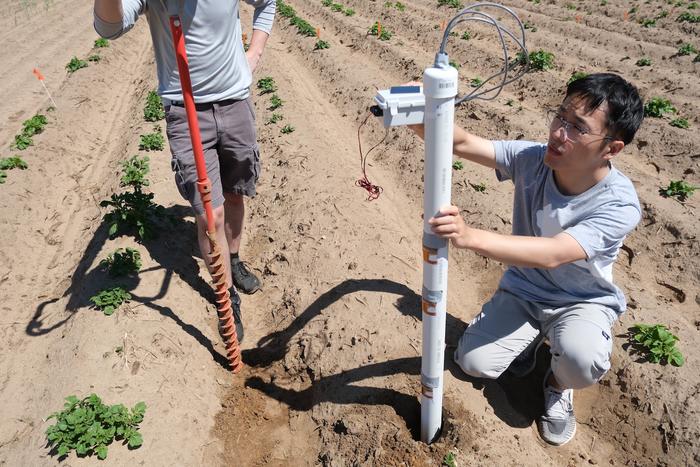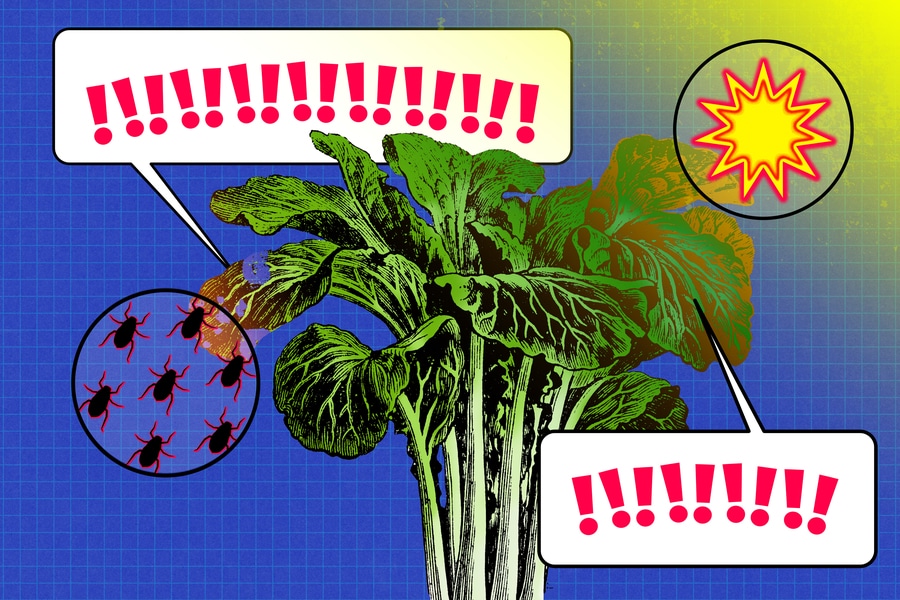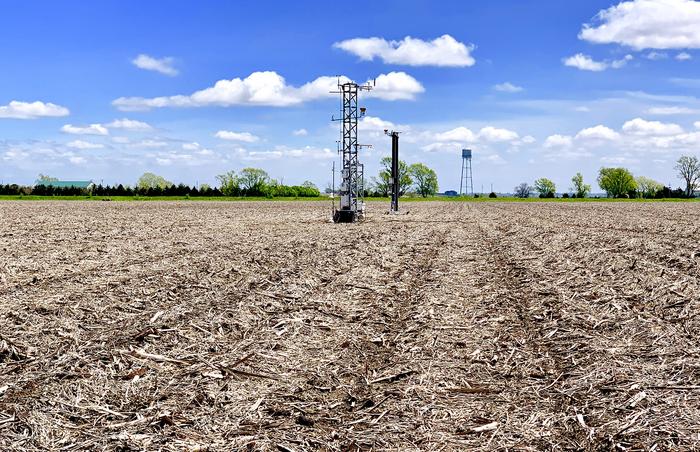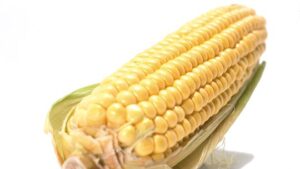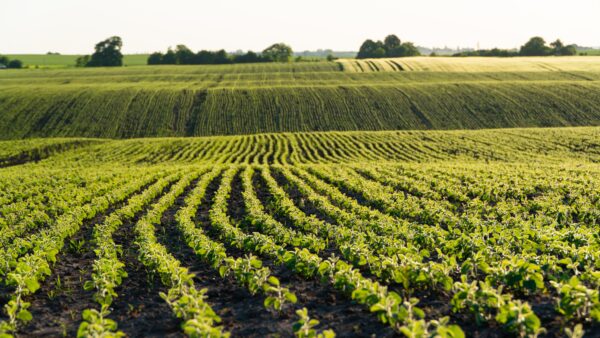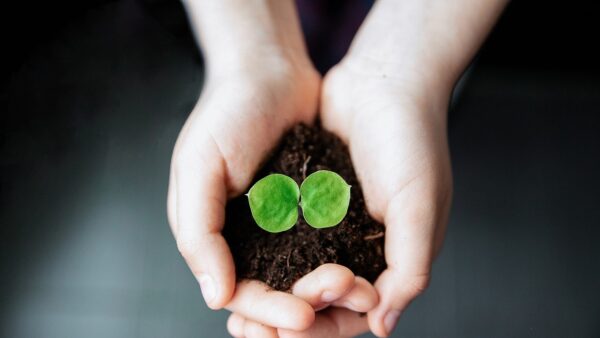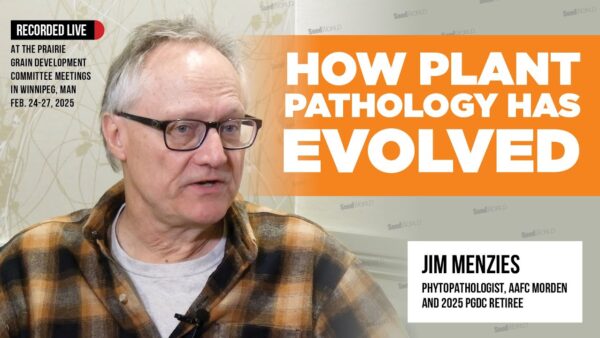University of Wisconsin-Madison researchers say their sensors provide a better understanding of the soil nutrient profile.
Engineers at the University of Wisconsin–Madison (UW-Madison) have created low-cost sensors that allow for real-time, continuous monitoring of nitrate in soil types prevalent in Wisconsin. A UW-Madison news release said these innovative printed electrochemical sensors can help growers make better nutrient management decisions and see economic benefits.
“Our sensors could give farmers a greater understanding of the nutrient profile of their soil and how much nitrate is available for the plants, helping them to make more precise decisions on how much fertilizer they really need,” UW-Madison assistant professor of mechanical engineering Joseph Andrews, said in the release. “If they can buy less fertilizer, the cost savings could be quite significant at large-acreage farms.”
Excess nitrate, while essential for crops, poses environmental and health risks when it leaches into groundwater. The new sensors could serve as a crucial tool for monitoring nitrate leaching and guiding best practices to mitigate its harmful effects.
Current nitrate monitoring methods are laborious, expensive, and lack real-time data capabilities. This challenge led Andrews and his team, experts in printed electronics, to develop a more efficient and affordable solution. They used an inkjet printing process to create potentiometric sensors, typically used for liquid solutions but not suitable for soil due to its coarse particles.
“The main challenge we were trying to solve is figuring out a way to enable these electrochemical sensors to work well in the harsh environment of soil and accurately sense nitrate ions,” Andrews said.
The breakthrough came with a polyvinylidene fluoride layer over the sensor. This material’s tiny pores, about 400 nanometers, allow nitrate ions to pass through while blocking soil particles. Additionally, its hydrophilic nature helps it attract and absorb water, crucial for extracting nitrate-laden moisture from the soil.
“So, any nitrate-laden water gets preferentially soaked into our sensor, and this is really important because soil also acts like a sponge, and you’re going to have a losing battle for getting moisture to come to your sensor unless you can match the water absorption potential of soil,” Andrews said.
The team’s findings were published in March 2024 in the journal Advanced Material Technologies. Tests in Wisconsin’s sandy and silt loam soils showed accurate results.
Looking ahead, the researchers are integrating these nitrate sensors into a multifunctional system dubbed the “sensing sticker,” which includes moisture and temperature sensors. These stickers will be attached to rods and buried at different depths to measure various soil parameters.
“By measuring the nitrate, moisture, and temperature at different depths, we can now quantify the process of nitrate leaching and capture how nitrate is moving through the soil, which hasn’t been possible before,” Andrews said.
This summer, the team plans to deploy 30 sensing rods at UW–Madison’s Hancock and Arlington Agricultural Research Stations for further testing.
The technology is being patented through the Wisconsin Alumni Research Foundation, signaling a promising step towards widespread agricultural use.


